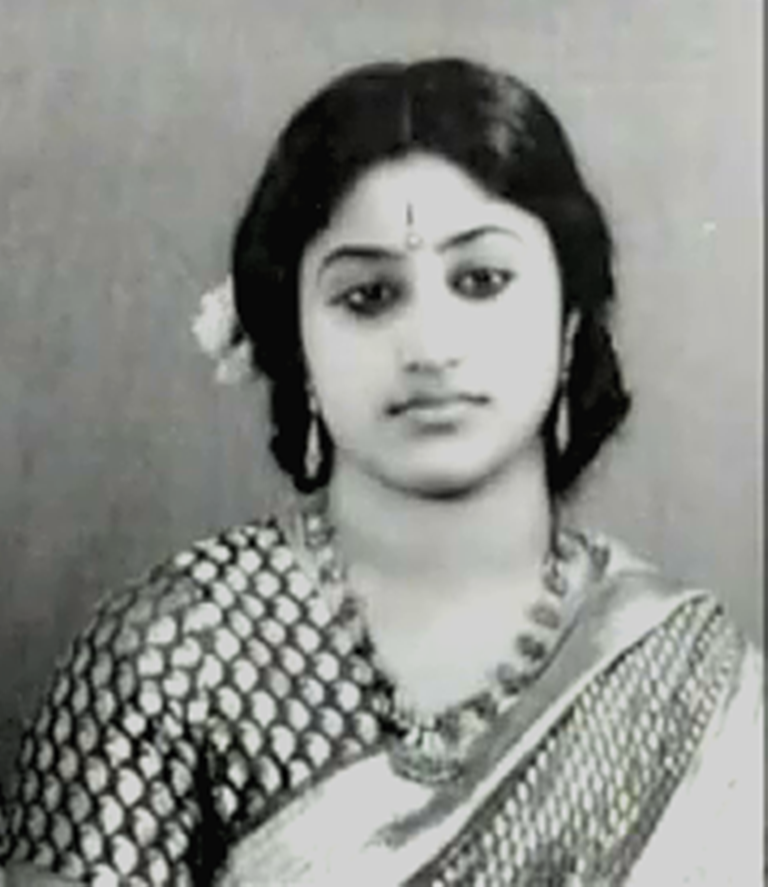Panapillai Amma on:
[Wikipedia]
[Google]
[Amazon]
Ammachi Panapillai Amma was the title held by the consort of the ruling 
 Its literal translation is 'consort' since as per the formerly existent matriarchal system in Travancore, the Maharajah's sister was the Maharani, and not his wife. Thus the wife, a non-royal, took the title of Ammachi Panapillai Amma.
The Ammachis were mostly from families of the
Its literal translation is 'consort' since as per the formerly existent matriarchal system in Travancore, the Maharajah's sister was the Maharani, and not his wife. Thus the wife, a non-royal, took the title of Ammachi Panapillai Amma.
The Ammachis were mostly from families of the
Maharajah
Mahārāja (; also spelled Maharajah, Maharaj) is a Sanskrit title for a "great ruler", "great king" or " high king".
A few ruled states informally called empires, including ruler raja Sri Gupta, founder of the ancient Indian Gupta Empire, a ...
of Travancore
The Kingdom of Travancore ( /ˈtrævənkɔːr/), also known as the Kingdom of Thiruvithamkoor, was an Indian kingdom from c. 1729 until 1949. It was ruled by the Travancore Royal Family from Padmanabhapuram, and later Thiruvananthapuram. At ...
as well as those of other title-holding male members of the Travancore Royal Family.Travancore State Manual Vol ii 1940 by TK Velu Pillai and TSM Vol II 1906 by V Nagam Aiya

 Its literal translation is 'consort' since as per the formerly existent matriarchal system in Travancore, the Maharajah's sister was the Maharani, and not his wife. Thus the wife, a non-royal, took the title of Ammachi Panapillai Amma.
The Ammachis were mostly from families of the
Its literal translation is 'consort' since as per the formerly existent matriarchal system in Travancore, the Maharajah's sister was the Maharani, and not his wife. Thus the wife, a non-royal, took the title of Ammachi Panapillai Amma.
The Ammachis were mostly from families of the Nair
The Nair , also known as Nayar, are a group of Indian Hindu castes, described by anthropologist Kathleen Gough as "not a unitary group but a named category of castes". The Nair include several castes and many subdivisions, not all of whom histo ...
nobility. The Maharajahs married these ladies through the Sambandham
Sambandham was an informal mode of marriage followed by Nairs, Samantha Kshatriyas, Kshatriyas, and Ambalavasis among their own communities as well as with the Nambudiris, in what is the present day state of Kerala, India. All of these were m ...
form of wedlock known as ''Pattum Parivattavum''.
Origin
The Maharajahs of Travancore (current south Kerala) adopted the Matrilineal custom and inheritance prevalent in the land around the 14th Century AD. Accordingly, when a king died, his nephew (sister's son) would become the next ruler.Ammaveedus
Families from where Maharajas got married were known asAmmaveedu
Ammaveedus were the residences of the consorts of the Maharajahs of Travancore in Trivandrum. The descendants of the Maharajahs were considered as members of these Ammaveedus, with a status subordinate only to royalty. The chief four Ammaveedus ar ...
s. It is believed that when the then Travancore King, Maharajah Sree Karthika Thirunal Dharamaraja shifted capital from Padmanabhapuram to Thiruvananthapuram, he brought along his four wives who belonged to the places namely Vadasseri, Nagercoil, Arumana, and Thiruvattar. The new houses, referred to as Ammaveedus (ancestral homes of Ammachis) were constructed in the new capital and were named Arumana Ammaveedu, Vadasseri Ammaveedu, Nagercoil Ammaveedu, Thiruvattar Ammaveedu. The Maharajah also passed a rule that all the Royal male members should only marry from one of the above-mentioned four Ammaveedus. This gave social prominence to the Ammachis as well as their homes.
The Kings of Travancore traditionally took wives from Ammaveedus and the Consorts, known as ''Ammachis'' would get the additional title of ''Panapillai Amma''. If at all another lady from outside the Ammaveedu's was to be married to the King, she would be adopted to one of the Ammaveedus first and then wed to the King. This was the case in the marriage of Maharajah Swathi Thirunal
( ml, സ്വാതി തിരുനാള് രാമവർമ്മ) (16 April 1813 – 26 December 1846) was the Maharaja of the Kingdom of Travancore. He is also considered as a brilliant music composer and is credited with over 4 ...
, Maharajah Ayilyam Thirunal
Ayilyam Thirunal Rama Varma (1832–1880) was the ruler of the princely state of Travancore in India from 1860 to 1880. His reign was highly successful with Travancore gaining the appellation of "model state of India". Ayilyam Thirunal was ...
and Maharajah Moolam Thirunal
Sir Moolam Thirunal Rama Varma (1857–1924) was Maharajah of the princely state of Travancore between 1885 and 1924, succeeding his uncle Maharajah Visakham Thirunal (1880–1885).
Early life and education
Mulam Thirunal Rama Varma was bo ...
.
Social Status
Even though Ammachis and her children were held in high social esteem, they had neither any royal titles nor any political power. They remained outsiders and were considered inferior to her husband and his family, and neither they had any communications with other royal members. The Ammachis were not supposed to be seen publicly with their royal spouses; they couldn't travel in the same carriages. If at all they travelled with the Maharajah they were to be seated opposite to their spouses and never beside them. The Maharajahs neither partook any food cooked by their consorts nor the consorts were allowed to take food alongside royal members. As times changed, the restrictions also got reduced. Rev. Samuel Mateer in 19th Century observed the following about the position of Ammachis of Travancore: Despite all these limitations, historians point out that the Ammachis were compensated with material benefits like tax exemption to land and other properties, comfortable living provisions as well as other honours.References
* Travancore State Manual by V.Nagam Aiya {{DEFAULTSORT:Amma, Panapillai Court titles Noble titles Titles in India People from Thiruvananthapuram Travancore royal family Nair Women of the Kingdom of Travancore People of the Kingdom of Travancore